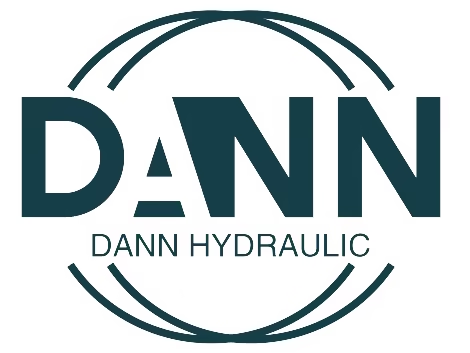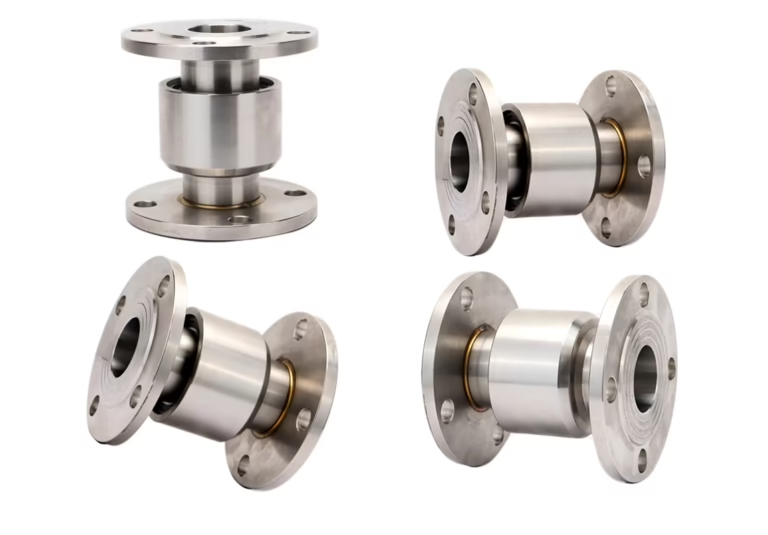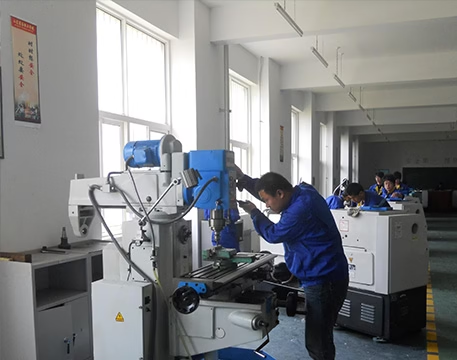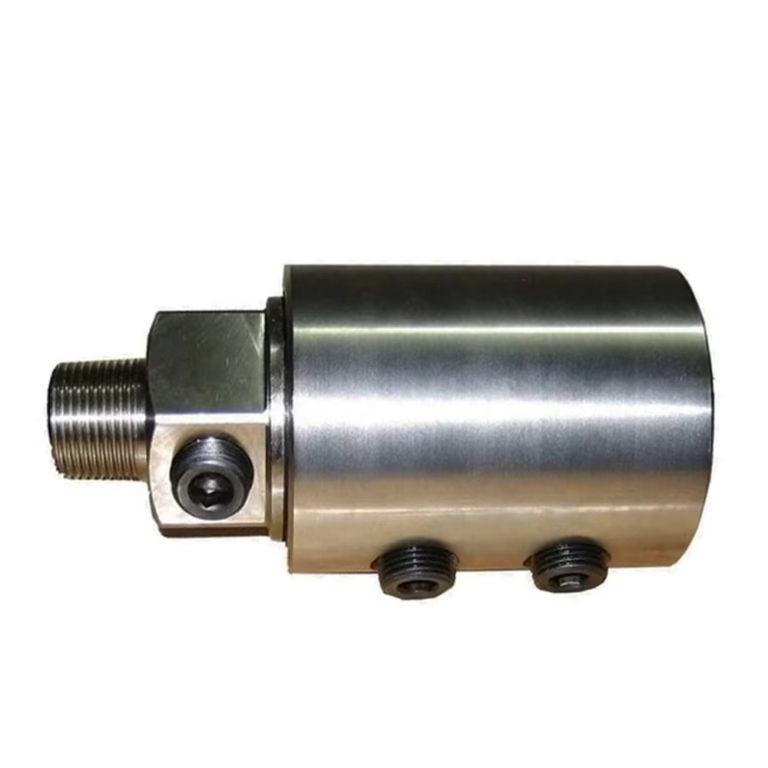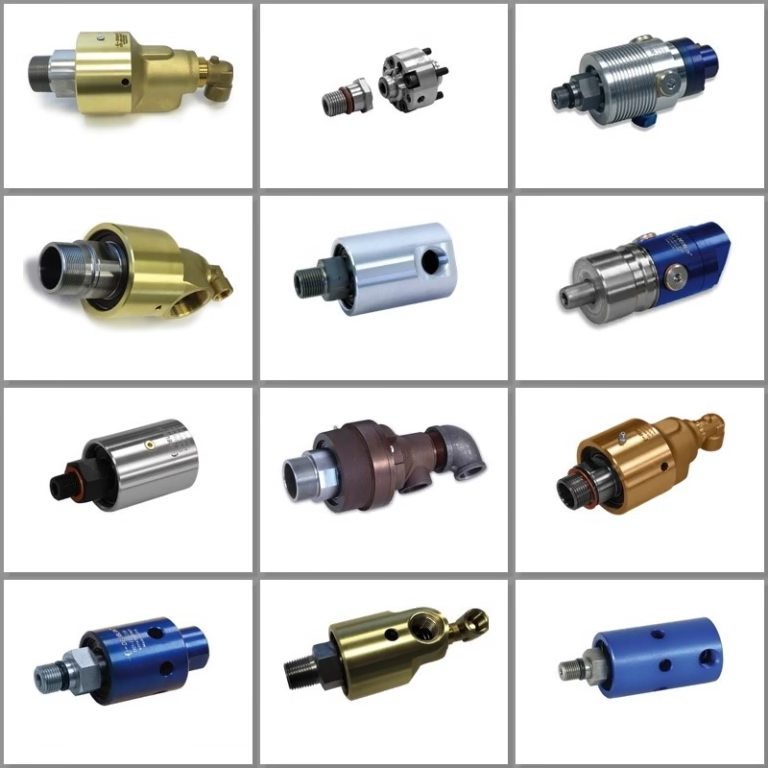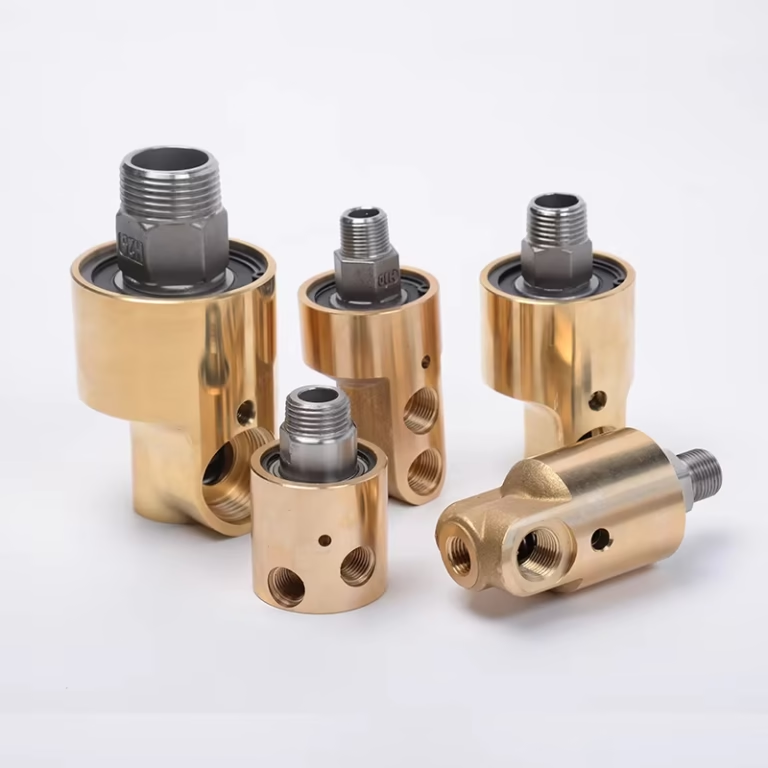What is the Rotary Joint HS Code? A Comprehensive Guide for Global Trade Compliance
Introduction
In the intricate world of international trade, accurate classification of goods is paramount. For manufacturers and exporters of rotary joints—critical components used in industries ranging from heavy machinery to robotics—understanding the Harmonized System (HS) code is not just a regulatory requirement but a strategic necessity. In the complex world of international trade, a single number can determine the speed of your supply chain, the cost of your import duties, and the compliance of your business. That number is the HS Code.
For procurement managers, logistics coordinators, and engineers sourcing industrial components, finding the correct classification for a rotary joint (also known as a rotary union or swivel joint) can be frustrating. Is it a valve? Is it a pipe fitting and a generic machine part?
If you are asking, “What is the Rotary joint HS Code?”, you have come to the right place. In this comprehensive guide, we will break down the classification of rotary unions, explore the nuances of customs tariffs, and explain how to ensure your shipments breeze through customs clearance without delays or unexpected fines. This guide will demystify the rotary joint HS code, explore its global variations, and provide actionable strategies for compliance. Whether you’re a seasoned exporter or new to the field, this article will equip you with the knowledge to navigate customs procedures efficiently and avoid costly penalties.
Understanding the Basics: What is an HS Code?
Before we identify the specific code for rotary joints, we must understand the system itself. The Harmonized System (HS) is a standardized numerical method of classifying traded products. It is used by customs authorities around the world to identify products when assessing duties and taxes and for gathering statistics. The system is maintained by the World Customs Organization (WCO) and is used by over 200 countries.
The Structure of the Code
The HS code structure is logical but can be tricky:
The First 6 Digits: These are standard across the globe. Whether you are shipping to the USA, Germany, China, or Brazil, the first six digits should theoretically be the same.
The Following Digits (7-10): These are country-specific. They break down the category further for national statistical purposes or specific import duty rates.
Therefore, while we can give you the global standard, the full HTS code (Harmonized Tariff Schedule) will vary depending on the destination country.
The Primary Answer: What is the Rotary joint HS Code?
The HS code, a six-digit alphanumeric identifier, serves as the universal language of international trade. Administered by the World Customs Organization (WCO), it categorizes over 5,000 types of goods, enabling standardized tariff calculation, trade statistics, and customs clearance. For the vast majority of applications, the globally recognized HS Code for rotary joints falls under the category of Taps, Cocks, Valves, and Similar Appliances.
The most common 6-digit HS Code for Rotary Joints is: 8481.80
Why this code? Rotary joints are essentially mechanical devices used to transfer fluid under pressure or vacuum from a stationary inlet to a rotating outlet. Because they manage fluid flow and often contain sealing mechanisms that regulate pressure, customs authorities generally classify them similarly to valves and fittings.
Detailed Breakdown of HS Code 8481
Let’s look at the hierarchy to understand why this fits:
- Chapter 84: Nuclear reactors, boilers, machinery, and mechanical appliances; parts thereof.
- Heading 8481: Taps, cocks, valves and similar appliances for pipes, boiler shells, tanks, vats or the like, including pressure-reducing valves and thermostatically controlled valves.
- Subheading 8481.80: Other appliances (meaning those not specified as pressure-reducing or oleohydraulic valves).
Regional Variations: US, China, and Europe
While 8481.80 is your starting point, your commercial invoice needs the full code. Here is how the Rotary joint HS Code often looks in major markets.
1. United States (HTS Code)
In the US Harmonized Tariff Schedule, the code becomes more specific.
Common Code: 8481.80.90 or 8481.80.9050
Description: Other taps, cocks, valves, and similar appliances; Other.
Note: Sometimes, depending on the material (e.g., if it is made entirely of copper or steel without moving valve parts), importers might try to use codes for “Pipe Fittings” (Chapter 73 for steel or 74 for copper). However, because a rotary joint is a dynamic, mechanical assembly involving bearings and seals, 8481 is usually the safer and more accurate classification for trade compliance.
2. China (HS Code)
For exporting from or importing to China, the code is 10 digits.
Common Code: 8481809090
Description: Other valves and similar appliances.
This code is widely used by Chinese manufacturers when preparing export classification documents.
3. European Union (TARIC Code)
The EU uses the Combined Nomenclature (CN).
Common Code: 8481 80 99
Description: Other appliances for pipes, boiler shells, tanks, vats, or the like.
Alternative Classifications: The “Gray Areas”
International trade is rarely black and white. While 8481.80 is the standard, there are scenarios where a Rotary joint HS Code might differ based on material or specific application.
Scenario A: Classified as “Parts of Machinery”
If a rotary joint is custom-designed solely for a specific type of machine (for example, a specific part for a paper-making machine) and has no other use, some customs brokers may argue for a classification under the machine’s specific “Parts” heading.
- Example: 8439.99 (Parts of machinery for making pulp of fibrous cellulosic material).
- Risk: This is risky. Customs usually prefers the “Specific Description” (Rotary Joint/Valve) over the “General Use” description (Part of Machine). Use this only if you have a binding ruling.
Scenario B: Classified as “Pipe Fittings”
If the rotary joint is very simple—essentially just a swivel pipe connector with no complex bearing or seal mechanism—it might be classified by its constituent material.
- 7307.99: Tube or pipe fittings of iron or steel.
- 7412.20: Tube or pipe fittings of copper alloys.
Warning: Using a “Pipe Fitting” code for a complex rotary union containing ball bearings and mechanical seals can be seen as “misclassification” to lower duties, which can trigger an audit.
Why Getting the HS Code Right Matters
You might be thinking, “Close enough is good enough, right?”
In international logistics, “close enough” can be expensive. Here is why the correct Rotary joint HS Code is critical for your bottom line.
1. Import Duty Rates
The HS Code determines the tariff rate.
Code A might have a duty of 0%.
Code B might have a duty of 25% (especially with trade war tariffs).
Classifying a rotary joint under a code with a lower duty when it belongs in a higher bracket is considered tax evasion. Conversely, using the wrong code might mean you are paying taxes you don’t owe.
2. Customs Delays and Inspections
If your paperwork says “Pipe Fitting” but the X-ray shows a complex mechanical device, your shipment will be flagged. This leads to:
Physical inspections (which you pay for).
Storage fees at the port.
Missed production deadlines.
3. Free Trade Agreements (FTAs)
To claim preferential duty rates (like zero tariffs under USMCA or various EU agreements), your product must meet the “Rules of Origin” for its specific HS Code. If the code is wrong, the Certificate of Origin is invalid, and you lose the tax benefit.
How to Find the Correct Code for Your Specific Joint
If you are unsure about the classification of a specific order, follow this step-by-step process:
Step 1: Analyze the Function
Does the joint regulate flow? Does it hold pressure?
Result: Yes. This pushes it toward Chapter 84 (Machinery) rather than Chapter 73 (Metal Articles).
Step 2: Identify the Material
Is it stainless steel, brass, or aluminum? While this matters less for Chapter 84, it is vital if you are forced to use a “fittings” code.
Step 3: Consult the “Explanatory Notes”
The WCO publishes explanatory notes that define what is included in each heading. Heading 8481 explicitly includes devices that regulate fluid flow in piping systems.
Step 4: Ask Your Manufacturer
A reputable manufacturer (like us) exports thousands of units. We know the codes that successfully clear customs in your region. Always ask for the HS Code on your Proforma Invoice.
Step 5: Consult a Customs Broker
If the shipment is high-value, hire a licensed customs broker. They can determine the code and, if necessary, apply for a binding ruling from customs to guarantee the classification is accepted.
The Role of Rotary Joints in Global Supply Chains
Rotary joints are indispensable in global manufacturing. They are found in:
- Paper and Pulp: Steam joints for drying cylinders.
- Plastics and Rubber: Water unions for cooling extruders.
- Textiles: Heating rolls for drying fabrics.
- Machine Tools: Coolant unions for CNC machining centers.
Because they are critical spare parts, the supply chain must be efficient. When a machine goes down, you need a replacement fast. Understanding the Rotary joint HS Code ensures that when you order a replacement from overseas, it doesn’t get stuck in a warehouse indefinitely due to paperwork errors.
Common Questions
To further clarify the topic, here are answers to common queries regarding commodity codes and shipping.
“What is the Schedule B number for Rotary Joints?”
Schedule B is the US specific classification for exports. It is almost always the same as the HTS code (for imports). If you are exporting rotary joints from the US, you would likely use 8481.80.0000.
“Are there anti-dumping duties on Rotary Joints?”
This depends heavily on the country of origin and the destination. For example, certain steel mechanical parts from specific countries may face anti-dumping duties. Correct classification is the only way to know if these extra taxes apply.
“Can I use a generic machinery part code?”
Using a “basket code” (a generic “other” code like 8479.89) is a red flag for customs officers. They assume you are trying to hide something or are too lazy to classify it correctly. Always try to be as specific as possible with 8481.
Trust a Manufacturer Who Understands Global Trade
At Dann, we don’t just engineer world-class fluid sealing solutions; we understand the logistics of getting them to you.
We recognize that a high-quality rotary joint is useless if it is stuck in customs. That is why our logistics team ensures:
- Accurate Documentation: Every commercial invoice includes the precise Rotary joint HS Code tailored to your destination.
- Compliance: We stay updated on global tariff changes and trade compliance regulations.
- Support: We assist our partners and customers in navigating import duties and clearing goods efficiently.
Summary Checklist for Importers
- Check the Code: Start with 8481.80 and verify the trailing digits for your country.
- Verify Duty Rates: Use your government’s tariff look-up tool.
- Describe Accurately: Ensure the invoice description reads “Rotary Joint / Rotary Union” and not just “Spare Part.”
- Prepare for Inspection: Have technical drawings or catalogs ready if customs asks for them.
Conclusion: Mastering HS Codes for Competitive Advantage
The Rotary joint HS Code is more than just a formality—it is a critical component of your procurement strategy. By understanding that rotary unions generally fall under 8481.80, you can calculate your landed costs accurately, avoid nasty surprises at the border, and keep your production lines running.
Whether you are importing a single custom-engineered unit or stocking a warehouse with thousands of standard water unions, knowledge of the Harmonized System is power.
Ready to source high-performance rotary joints with hassle-free shipping?
Browse our catalog today or contact our sales team. We provide full support, from technical selection to the final details of customs clearance.
